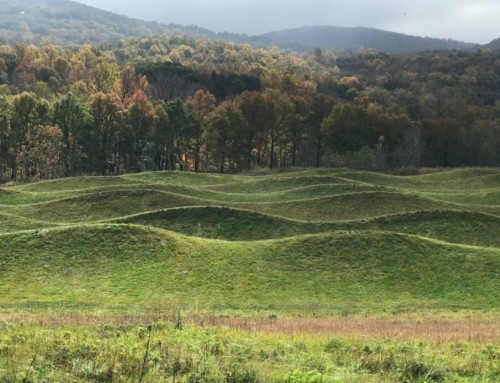A venerable oak presided on the far side of a hump of land behind the house where I grew up.
Deeply rooted, steady, its head was in the clouds and arms open wide to embrace whatever came its way. It seemed to stand guard over some wonderful secret, and it dropped the biggest acorns I’d ever seen.
We tried eating the meaty acorns, but they were often full of bugs.
Little did I know the wonders this tree held. I just felt its presence and knew innately that it was somehow important. But I didn’t think to ask questions that would unlock its secrets.
Ever-curious and observant entomologist Dr. Douglas Tallamy keeps asking the questions. He draws us in with his enthusiasm and personal stories, compellingly illuminating the scientific process along the way.
His latest book, The Nature of Oaks is an engaging journey through the year, exploring the diverse web of life that revolves around oak trees.
“Oaks support more forms of life and more fascinating interactions than any other tree genus in North America… to fully appreciate what an oak tree can bring to your yard, and into your life if you are willing, we need to follow what is happening on your oak trees month by month through all of our seasons.”
“…there is much going on in your yard that would not be going if you didn’t have one or more oak trees gracing your piece of planet earth. But you will never know unless you have a guide.”
You couldn’t ask for a more companionable guide – or more enticing bird and insect photos.
From acorn-caching blue jays to periodical cicadas and mast years, on to overwintering insects, expanding buds and gall wasps, adaptation and pollination, every month bursts with tales of fascinating, interconnected phenomena.
Many things make sense when you look at nature through the lens of evolution and efficient use of energy
Or from a bird’s perspective.
Tallamy informs us that of the 650 species of birds that breed in North America, 350 of them are long distance neotropical migrants that make the risky flight north to reproduce.
Why would they go to all that trouble?
May’s explosion of fresh tender foliage in our temperate zone is closely followed by insects that eat that foliage.
This insect bonanza allows birds to raise more young than they could with fewer resources in the tropics, offsetting the energy cost of migration.
From a bird’s perspective, Tallamy points out, spring caterpillars are breakfast, lunch and dinner – and the key to successful reproduction.
“Caterpillars are built from the energy and nutrients stored in the leaves they have eaten. In effect, caterpillars are repurposed leaves that can walk.”
Inchworm Ecology
But people –
People do tend to like birds.
But we often consider inchworms dropping down into our hair an icky nuisance and freak out when caterpillars eat our trees.
So what do we do? We haul out the spray to “save” our trees.
As Tallamy points out, this sets off “a chain reaction that ends in local ecological disaster.”
Pesticides kill off natural enemies of the caterpillars before making a dent in the intended target.
It’s rare that spray kills all the caterpillars. But enough are done in to deprive baby birds of sufficient food survive.
In following years, without predators and parasitoids that normally keep populations in check, caterpillar populations explode.
So we spray again – and there are fewer birds around to control caterpillar populations.
It’s all connected.
By June, most of the caterpillars have been eaten, but fascinating creatures remain.
Read on as Tallamy unspools the mysteries living in oaks
- Oak tree hoppers that look like rose thorns and guard their young to adulthood.
- Geometer caterpillars that escape the notice of hungry birds by resembling just another oak twig.
- Hairstreak butterflies that outwit jumping spiders
- Hairstreak caterpillars that produce a sugary substance to attract ants, which protect – and actually guard them – from predators and parasitoids.
A full year of Tallamy bringing to life the drama of life cycles going on right under our noses – I know that I will refer to this wonderful book again and again as the years pass.
And will take deeper looks at what goes on in my oaks.





